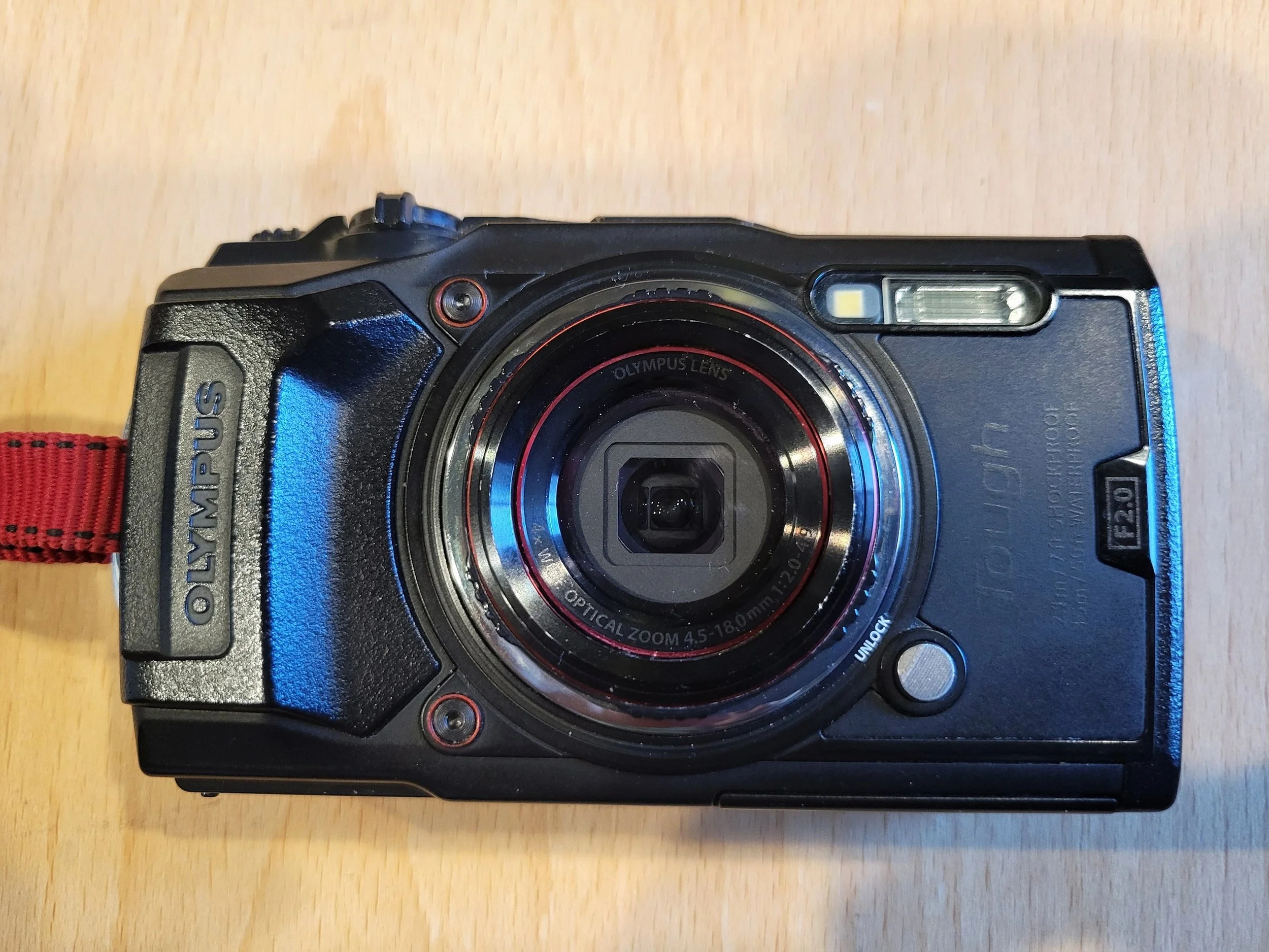
Photography gear doesn’t create a photograph, the photographer does. Having the proper gear is helpful, but unnecessary.
My Gear
Cameras
DJI Mini 3
The newest piece of gear in my camera bag. The DJI mini 3 was a birthday present this year, so I’m still figuring out all of the amazing things I can do with it. It has a 48 MP 24mm f/1.7 camera. It films in 4k up to 30fps or 2k and HD up to 60fps and shoots both in Jpeg and RAW (dng) formats. So far, I’m happy with its capabilities. I’m looking forward to doing more aerial photography and even some cinematography in the coming months. It seems to be an excellent starter drone; coming in at a price tag of less than $500. Additionally, it meets the 249g exemption requirement for drone licenses in the United States.
Lowepro Flipside 400 AW
Various Filters
Canon EOS Rebel T7i
I’ve been using the Rebel series cameras since the XT way back in 2008 when I bought my first camera in high school. The T7i proves that you don’t need to spend thousands of dollars on a camera body to get amazing photos; and that the photographer, not the gear creates the image. At 24 MP image quality is great! Even for prints that are 20” x 30”; which are the largest prints I’ve made. It does lack some of the features of newer mirrorless cameras such as AI autofocus and tracking. It also produces quite a bit of grain at ISO 2000 or higher. It also is a crop sensor camera, which can be both a good and bad thing. On one hand, I can get more zoom from EF lenses. But on the other, it struggles in high contrast situations and low light. Overall a great camera for a budget-conscious photographer.
Canon EF-S 18-135mm f/3.5-5.6 IS STM
This lens came with the T5i that I bought way back in 2013. Since then, it has been my go to lens for just about everything. It has a decently wide angle, but can also zoom for some decent reach. Image quality is excellent across most of the aperature range, with the sweet spot around f/8. The autofocus is quick and fairly accurate for being a decade old. This lens has been all over the world with me.
Lenses
Canon EF 75-300mm f/4-5.6
Another lens commonly found in the Canon kits. This is my telephoto lens that I use whenever my subject is farther away. It’s a pretty decent lens for the price. Its autofocus can be a bit slow, especially in lower light. Additionally, particularly on bright days, there is a lot of chromatic aberration when fully extended to 300mm. A lens hood helps a bunch with this. Hoping to eventually pair with a lens extender to double the range.
Other Gear
Matador Camera Base Layer
Canon PROGRAF PRO-300 Printer
Olympus TG-6
Built for adventure. This is my go-to for especially rugged environments where I may not wish to take my DSLR. It’s a light point-and-shoot with the ability to swap lenses. It’s shockproof up to 2.1m/7ft meaning if you drop it, it will be fine. Additionally, it is Waterproof up to 15m/50ft. Perfect for a kayaking trip, snorkeling, or even some light SCUBA diving. It is also dustproof for windy and sandy environments. It has a 12 MP sensor capable of shooting in RAW. For video capabilities, it shoots 4k at 30fps or 1080p HD at 60fps.
Canon EF-S 24mm f/2.8 STM
I originally bought this lens for astrophotography and potentially the aurora. So far, I haven’t used it for either of those things. It has, however, become a decent lens for landscapes, street photography, and macro photography. Capable of focusing at a distance of 6 inches, I’ve been able to capture some small things very close up. It is also very light, so if I’m traveling and want to reduce weight, I can take just this lens.





